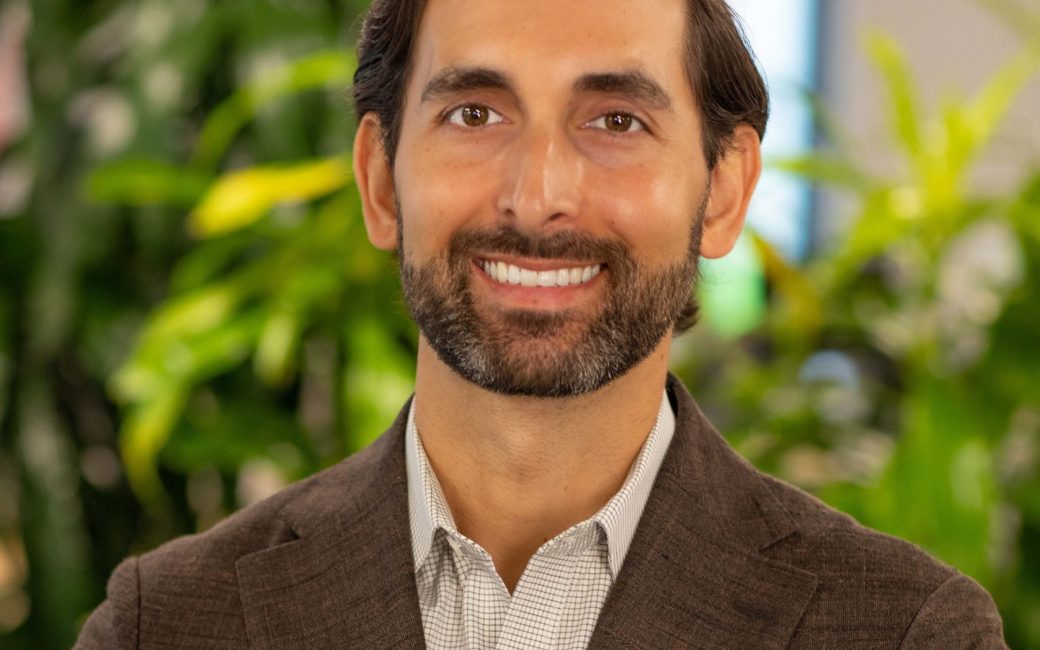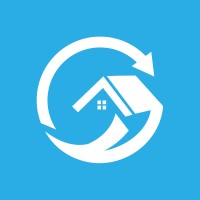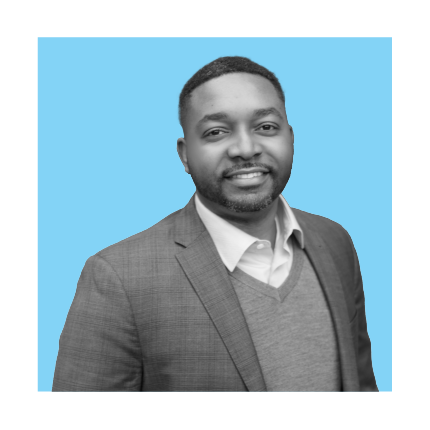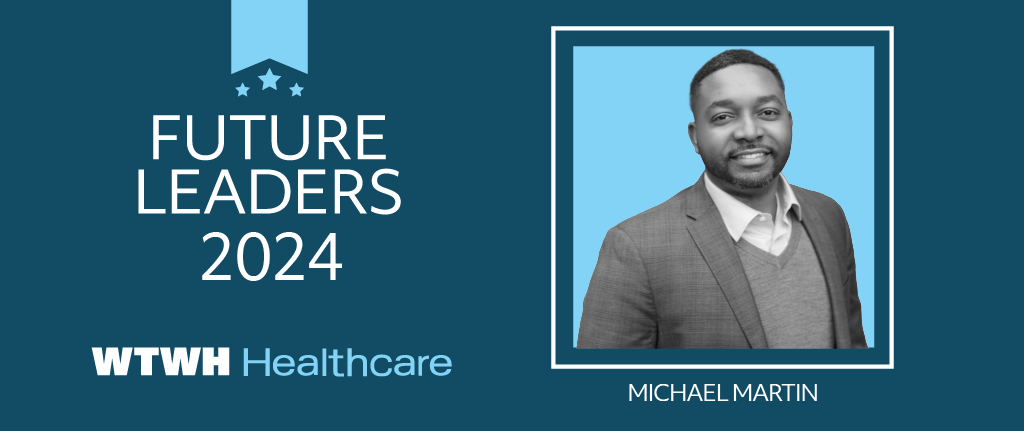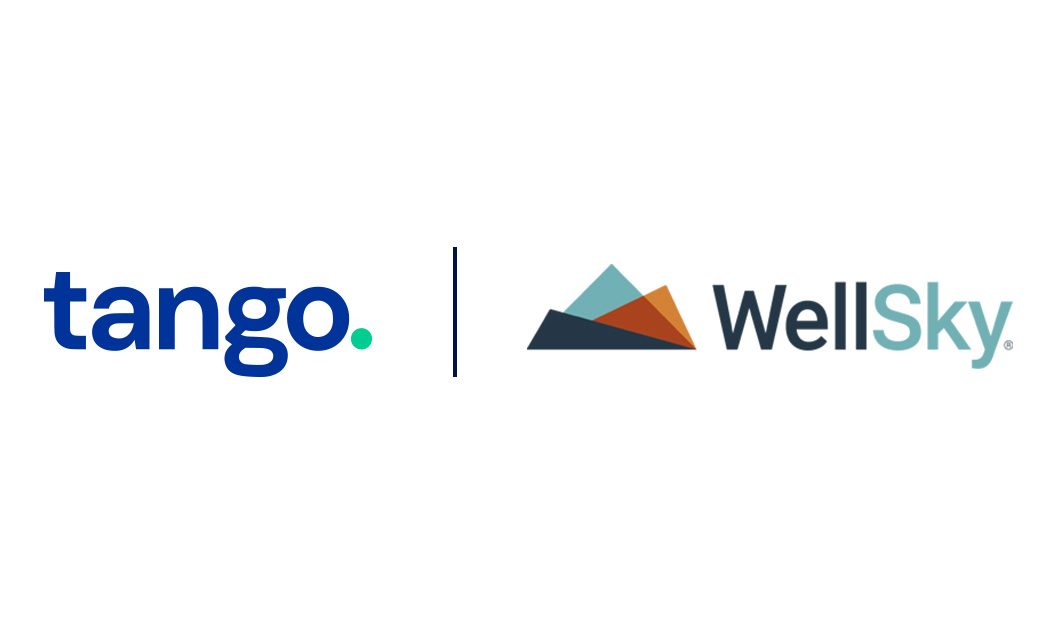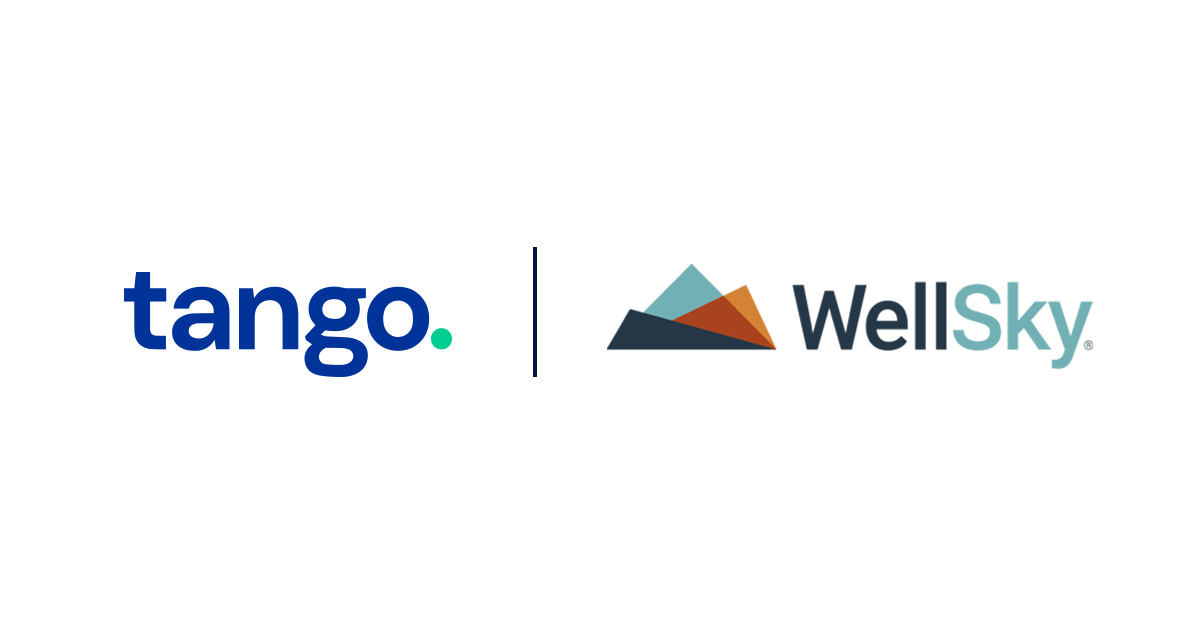By Joyce Famakinwa | February 7, 2024
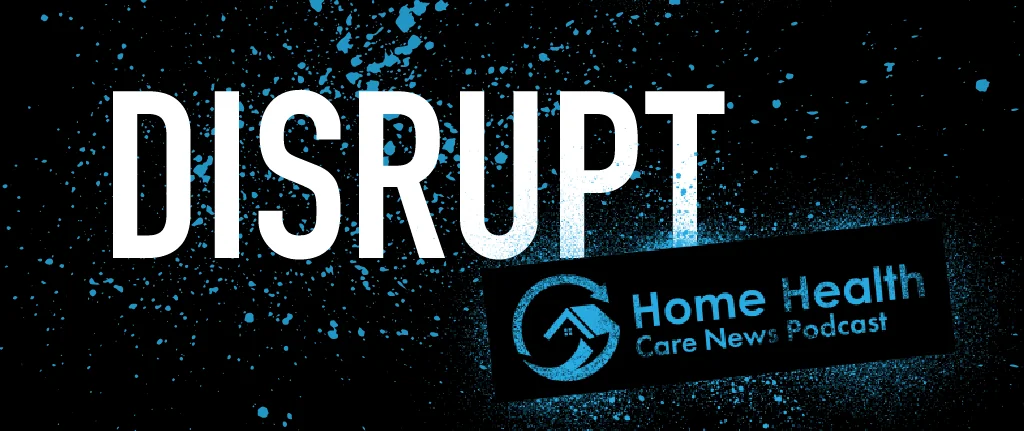 tango is on the front lines when it comes to re-defining the dynamic between home health providers and conveners. So much so that the company has dropped the convener descriptor and instead considers itself an enabler.
tango is on the front lines when it comes to re-defining the dynamic between home health providers and conveners. So much so that the company has dropped the convener descriptor and instead considers itself an enabler.
“We’re really after ensuring that providers and payers, or risk-bearing entities, are aligned, and driven to the same objectives,” tango CEO Brian Lobley said during the latest episode of Home Health Care News’ Disrupt podcast. “At the end of the day, that is a total cost of care in the post-acute continuum.”
During the conversation, Lobley also talked about how tango is making sure home health providers are getting compensated for the total cost of care and the synergistic opportunities that come with being backed by The Vistria Group.
tango is a post-acute enablement managed service organization that takes on full risk from payers. The company is fully delegated for claims and for network for utilization management.
The company has also formed relationships with several top home health providers, including Amedisys (Nasdaq: AMED), LHC Group, Compassus, Enhabit (NYSE: EHAB) and more.
Subscribe to Disrupt to be notified when new episodes are released. Listen today on Apple Podcasts or SoundCloud.
HHCN: tango has called itself the “anti-convener,” and last time we spoke for Home Health Care News, you described the company as an “enabler” rather than a convener. What does this mean? Can you talk more about this?
Lobley: We are very deliberate about that term. Typically you look at the definition, conveners are all brought together to talk about a problem. Enablers really come together to solve a problem, and that’s what we’re really after. We’re really after ensuring that providers and payers, or risk-bearing entities, are aligned, and driven to the same objectives. At the end of the day, that is total cost of care in the post-acute continuum.
Too many times, what we’ve seen in the marketplace, historically, is a focus on utilization management. “Let’s make sure we’re putting a laborious administrative process in to get post-acute services approved.” That’s not what we’re looking at. We know that our high-quality network provider partners are focused on ensuring a patient stays home, and recovers at home.
They’re in the best position to determine how many skilled home health visits a person needs after an inpatient setting. Maybe they had a hip-replacement surgery, [and] they’re an 85 year old polychronic patient. That’s going to be a much different profile than someone who’s 66 years old, getting out of the hospital with a hip replacement. We want to make sure providers have the latitude within a value-based payment construct to deploy the right amount of visits and services, and overhead to the patient, so that ultimately, they’re recovering at home. They’re avoiding those things I talked about previously, which is popping back into the emergency room, or unfortunately having to be readmitted.
This idea of being an enabler, means not only do we enable the payer strategy of providing high-quality post-acute services; we’re enabling the providers to allow them to do what they do best, which is caring for patients. We’ve embraced the term enabler. We do think it’s a new category of sorts, because we’re also only about taking full risk. So that notion of being fully delegated, taking full-network risk, taking full utilization management risk, and ultimately paying those claims is really different for us.
Lastly, the point that really differentiates us is we go up into the discharge process, and we actually control the referral. That is where placement of services is most critical. When someone needs home health services, it starts with a referral from a physician. That referral creates an authorization, and that authorization ultimately is a claim being paid. Most folks in this space, in the industry, really pick it up at that authorization. Service has already started, they’re approving how many visits. We take that early in the process at discharge. We manage the referral, which means we work hand-in-hand with the patient.
It’s critically important to get a nurse within the home in the first 48 to 72 hours to make sure that they’re, ultimately, going to recover at home. Being upfront to add that process – and, then, enabling provider and payer strategies – is why we’ve kind of embraced the anti-convener tone.
I don’t think it’s unfair to say that home health providers and conveners often have a difficult relationship. How has positioning tango as an enabler rather than a convener impacted the company’s relationships with home health providers?
I think it has, and I welcome anybody to talk to our provider partners, and they’ll tell you the tango difference.
We’re spending time with providers making sure we understand their workflow; how do we make their workflow easier on an administrative basis? Today, in a post-acute environment, it is much more laborious to handle a managed care patient, so a Medicare Advantage patient versus a Medicare fee-for-service patient. We’re trying to understand those differences from an administrative process standpoint, and trying to simplify that for our provider partners.
One way to do that is to ensure that every referral they receive from tango is already qualified. They don’t have to go chase down eligibility, or diagnosis codes. That comes over directly from us. We’re reducing that paper-chase burden that happens.
We’re simplifying that, and then going into prospective payments, episodic payments, and ultimately value-based payments. We’re really focused on allowing them to get compensated for the care. We’re not trying to pay them on a fee-for-service, per visit basis – getting paid for every visit, then fighting over “do you need a third, fourth, fifth sixth visit.” We’re paying episodic.
I use my example of those two different patients: a 66 year old, single-condition hip replacement patient, and an 85 year old polychronic. It goes without saying, the 85 year old polychronic patient probably needs more visits. We’re going to, again, pay them an episodic rate, so they can manage maybe 15 visits for the 85 year old, but maybe only three or four visits for the 66 year old.
By really empowering them to do what they do well, and making sure they’re compensated for that, it changes the dynamic. It gets away from, “I’m trying to restrict you on visits and manage you to an episode count,” [and moves] to “I’m trying to empower you to ensure that patient has recovered and stayed well at home.”
We spend time with providers. We do co-design sessions with them. We understand if their workflow is different from provider to provider, maybe geography to geography. How can we modify our system? How can we provide more data to make them be more effective at their job? Approaching this in a team-sport mentality is important for us. Therefore, we can’t be in an antagonistic relationship. We have to be in a partnership-oriented relationship, and that has resonated, to date, with our provider partners.
Moving away from the descriptor of convener and embracing enabler was part of a big rebrand that we also covered for HHCN. The rebrand began in 2022, when the Chicago-based private equity firm The Vistria Group purchased a majority stake in the company. What has The Vistria Group’s investment allowed the company to accomplish that wasn’t possible before?
Quite frankly, quite a few things. First, Vistria has an amazing reputation in the post-acute space, and has made a number of investments in the post-acute delivery space. They understand post-acute; they understand the provider side of the equation. What they noticed through a number of their assets, what was missing was an aggregated risk-based platform. They did a full due diligence across the network. They looked at all the “conveners” or “enablers” in the space. Ultimately, what they decided is this differentiation up there by grabbing that referral, allowed a company that was PHCN at the time, now tango, to move into that full-risk continuum to be able to really take that delegated full capitated risk from a payer.
What Vistria has allowed us to do is really spend the past year rebuilding our technology, our data analytics and infrastructure, and our provider-facing strategy to allow us to focus only on those value-based contracts going forward. We’re not looking at legacy models; we’ve been very fortunate to say “no.” If certain payers are looking to do something in a more legacy environment, it’s not the right fit for us. It’s allowed us to really be deliberate in our strategy. It’s allowed us to invest in a lot of new talent. We have a great team here at tango. We’ve brought in a lot of folks that have experience in the managed care business. We brought in more folks that have experience in post-acute, and we brought in folks that understand risk arrangements and delegated arrangements. We’ve been able to invest across the continuum in people, process and technology.
The Vistria Group has a portfolio of home-based care companies. Have there been any synergistic opportunities so far?
Quite a few that allow us to have immediate strategic conversations with Vistria home health providers.
We get, I’ll say, more accelerated, down the field into a partnership. We get to work with data analytics companies Medalogix, who’s also a Vistria portfolio company, to make sure we understand how we look at episodic risk, because providers are using it, so that we’re looking at the same information a provider is when they’re looking at a patient. The ability for the Vistria network and the power of that to accelerate us into market conversations has been critical.
Getting back to the rebrand, one thing tango wanted to focus on was going deeper into risk. How has tango done this?
What we’ve been able to do now is go to our payer partners, and we’ll look at a historical claim run. We’ll look at what their skilled home health usage has been over the past two to three years, depending on what data is available. We’ll be able to understand what percent of their membership is using home health services – great examples in Medicare, it’s highly geographic. The Pacific Northwest acts differently than the Northeast and the Southwest.
What are the utilization patterns? We’d like to see a home health utilization rate somewhere between 6% and 8% of a population. We’re able to baseline that spend. We’re able to trend that spend forward, anticipate what the next-year spend is going to look like, when unit utilization increases come forward. We’re able to pitch a full-risk model, so we take a PMPM cap rate from the payer. We take that on full risk, so we have a utilization quarter that we agree to. We’re full risk within that. We are then managing, as I’ve stated before, the claims, the network, the UM, all that financial risk sits with tango. Then we wrap that around with the shared savings programs. During that same claims run, we will actually look at each episode from a skilled home health standpoint. For example, we’ll create a baseline of what percent of those members are going to the emergency room within the home health episode, or are being readmitted back into the hospital during that home health episode. We’ll agree to a baseline on that model, and then we will drive down that percentage, and we will share those savings back. Certainly, we’re sharing those savings back with the payer, we’re making sure they get the benefit of the tango model and embedded care management model that works hand-in-hand with our provider partners. What we’re also doing is, really importantly, sharing those shared savings back with the providers, allowing those providers to participate in value-based arrangement, which is critical today. We’re seeing that nearly 50% of the market is managed by Medicare now, so Medicare Advantage has become the predominant payer [among] seniors for example. Moving that shared risk value-based arrangement has been critical for us, so that’s where we differentiate ourselves on a full risk basis.
Your company has a number of partnerships with some big home health companies — Amedisys, LHC Group, Compassus and Enhabit to name a few — what are the keys to successful partnerships in your view?
The first is listening; each of those companies you mentioned, and all of our other partners, aren’t all the same. They have different business processes. They have different expertise. They’re different within each market. Our co-design session starts with a listening tour. Let’s make sure we understand how you’re performing in a specific market. Let me make sure that I understand what your market differentiations are. How do we best integrate with a centralized function? Some of them may be decentralized in each specific geography. How are we working across each of those geographies to make sure that we’re integrating into their business process workflows?
Then it’s making sure they understand the value-based components: a transparent sharing of information, so that they understand how they can achieve the shared savings targets. What are the expectations going into each market activation that we complete? I think the tone and tenor has been all positive. We’re looking to make sure we get total cost of care contracts. We’re looking to make sure we’re participating in value-based provision. I think that’s been the real key for us, is making sure we understand and are empathetic to the business challenges they have. There’s a labor shortage that they have on the home health, nursing care side. We want to make sure that we’re reducing as much burden as possible and making sure a tango member is a member that they want to see.
Read Original Article >
